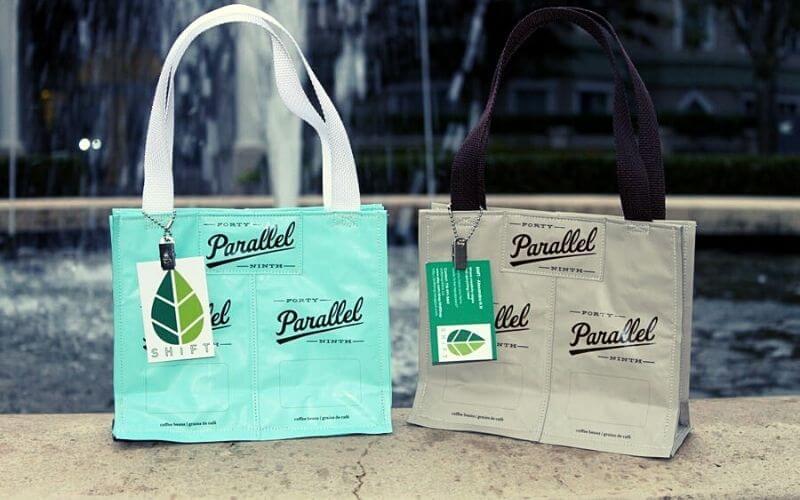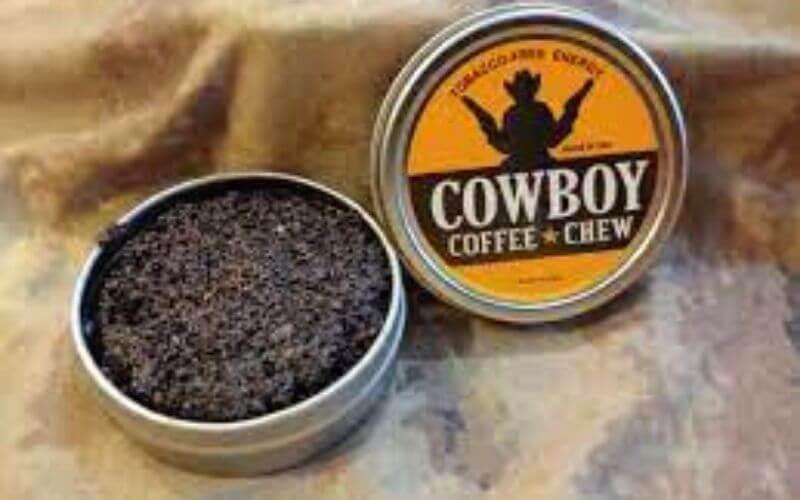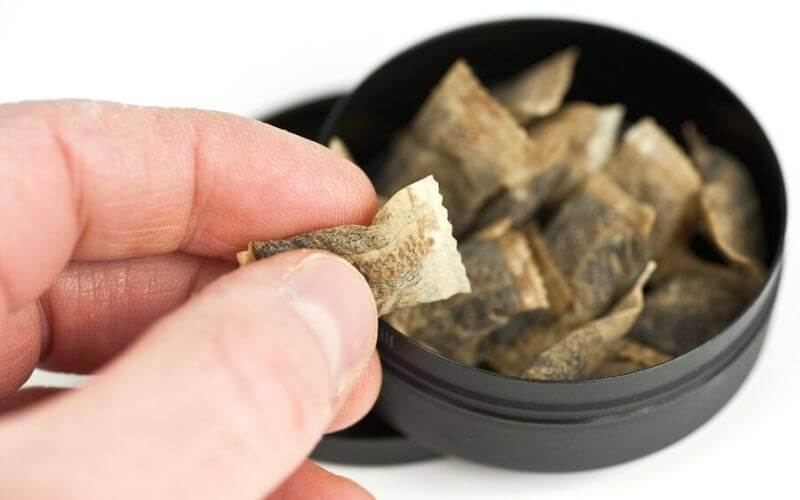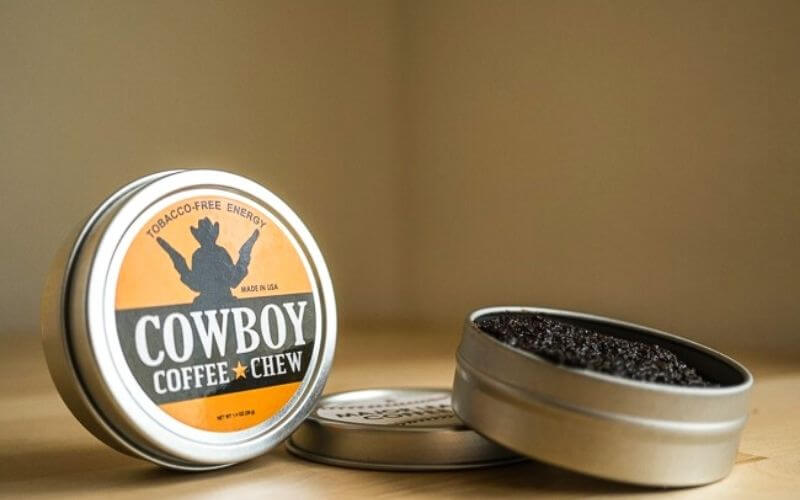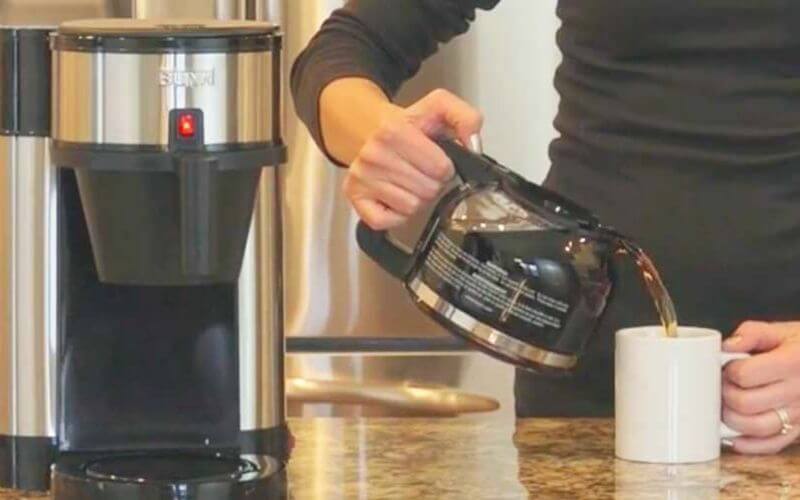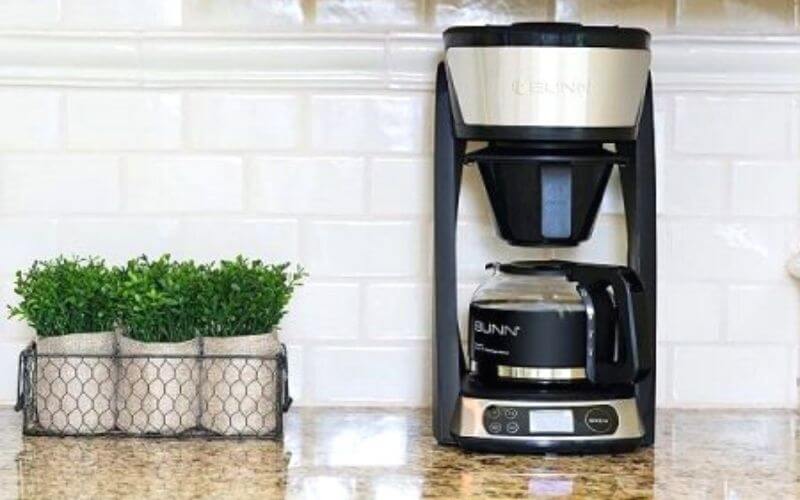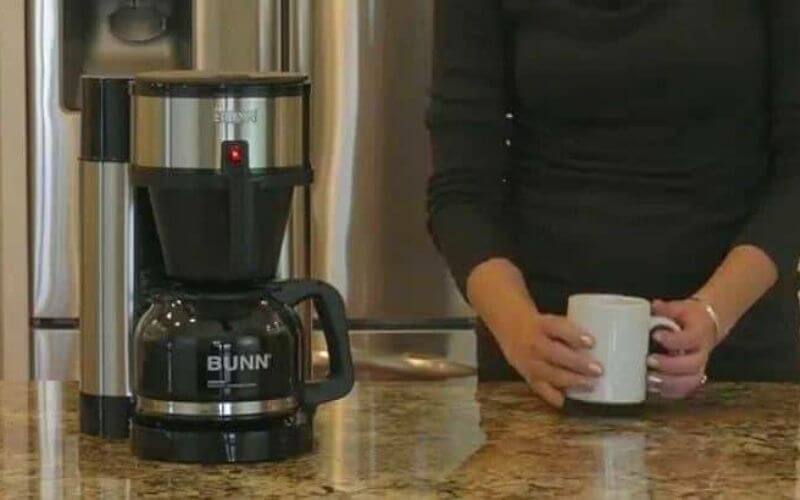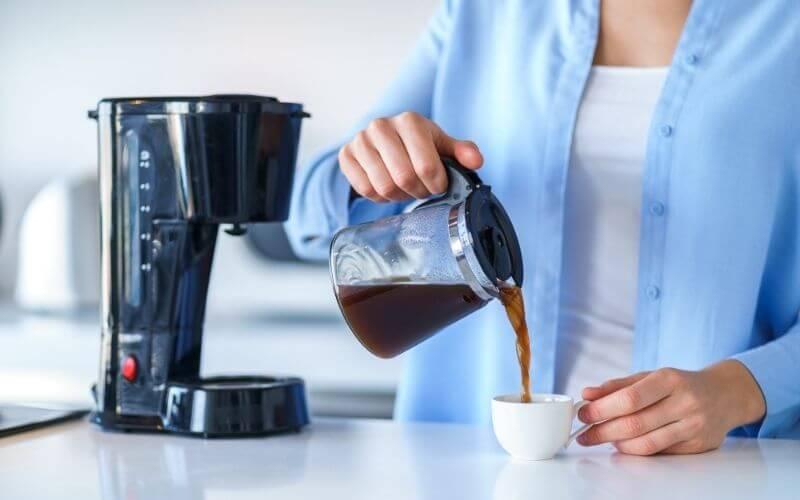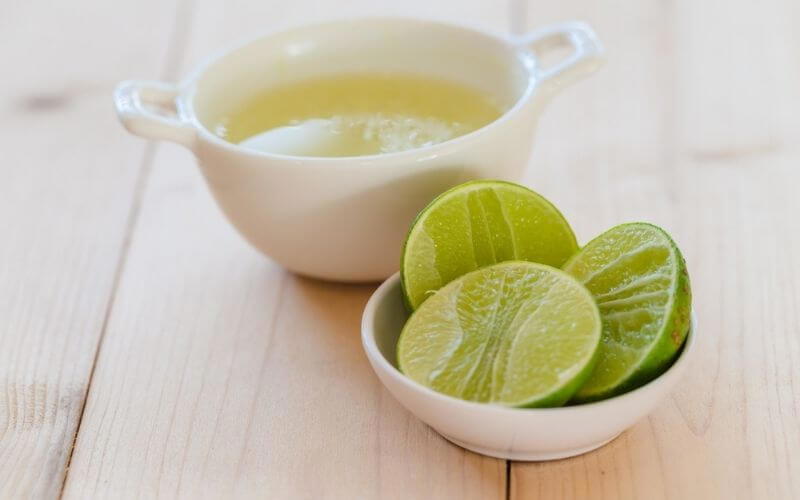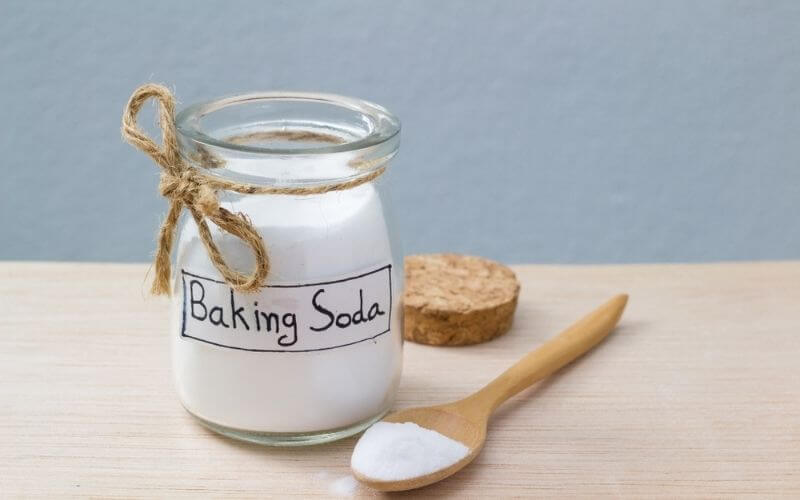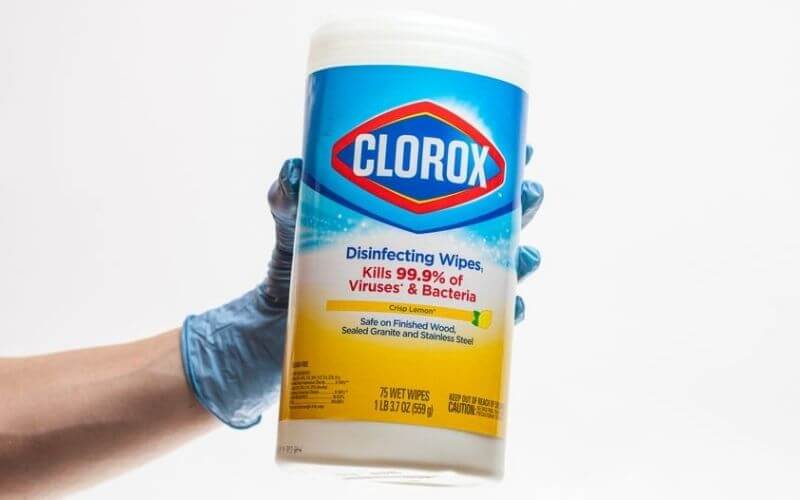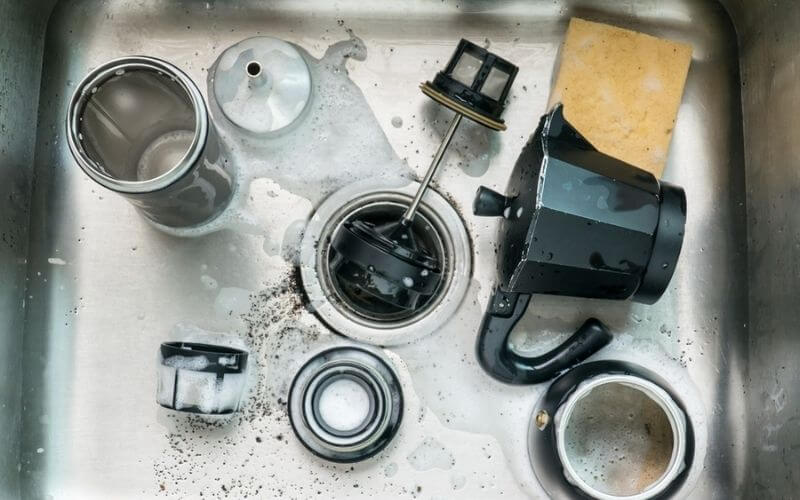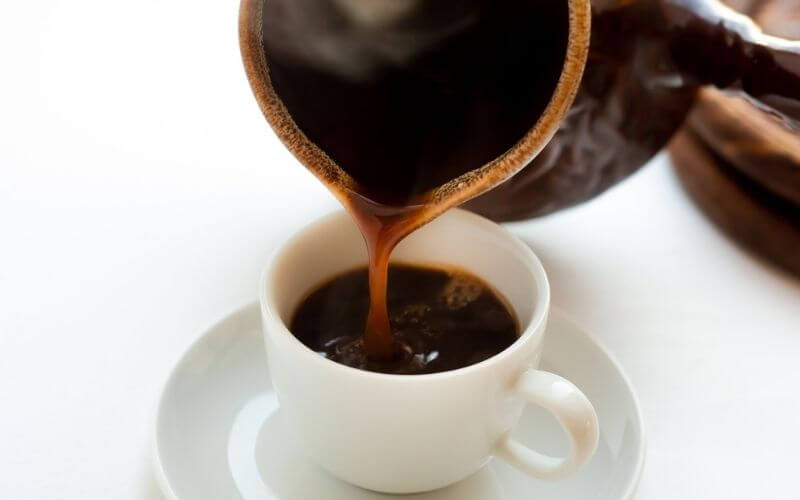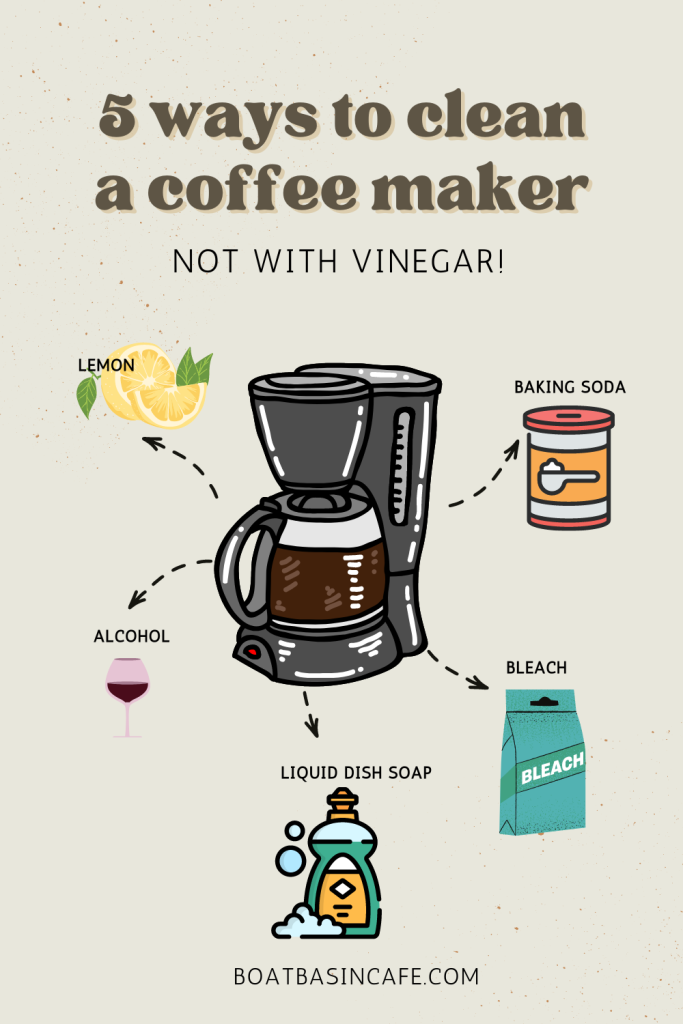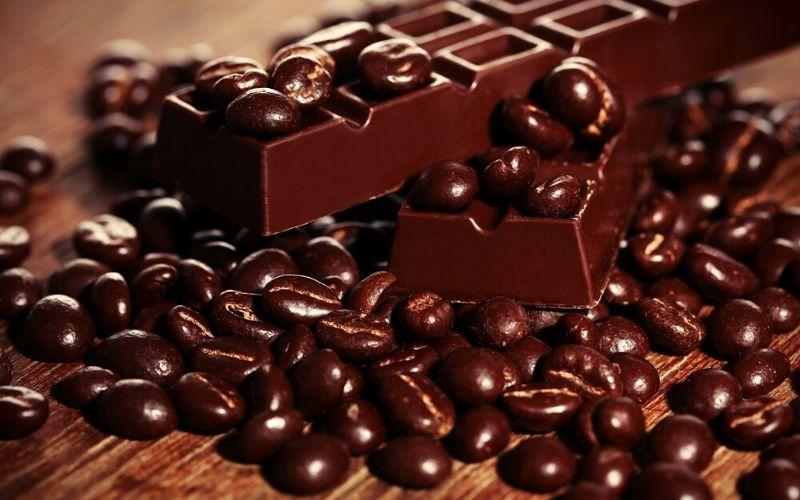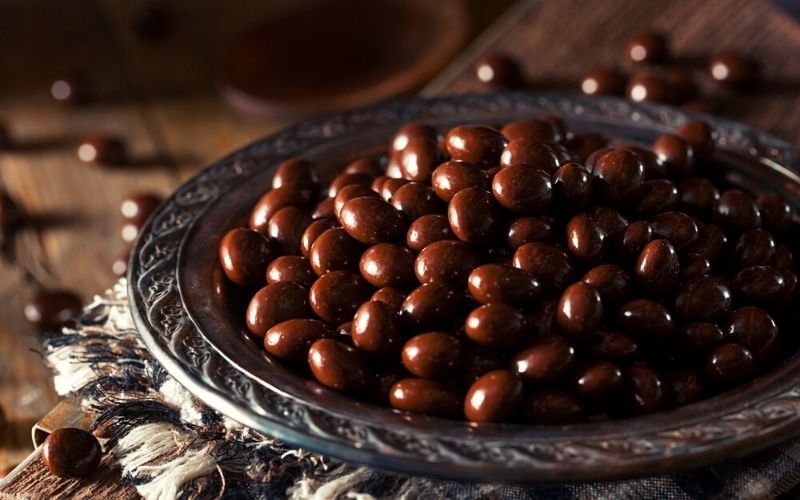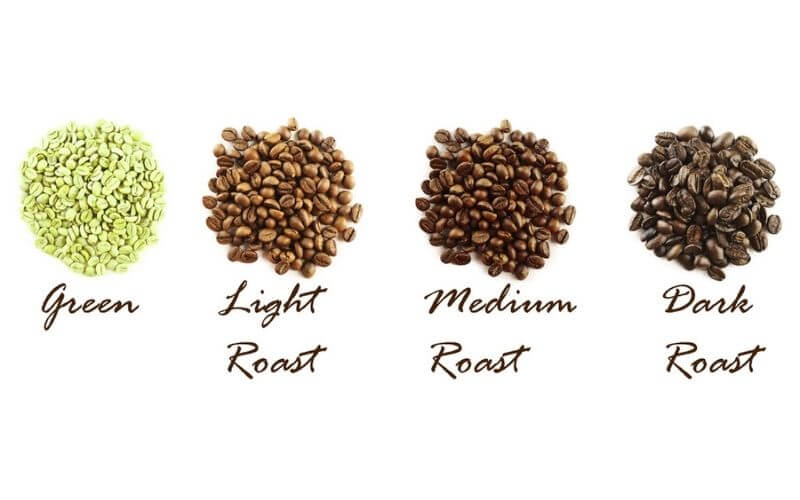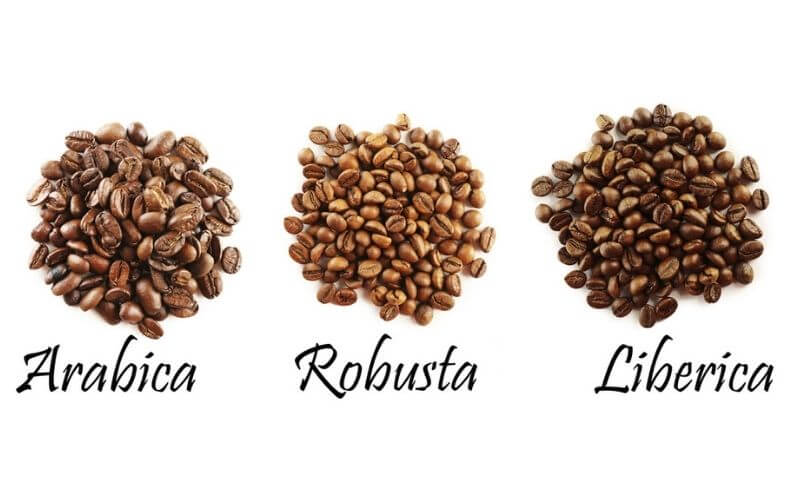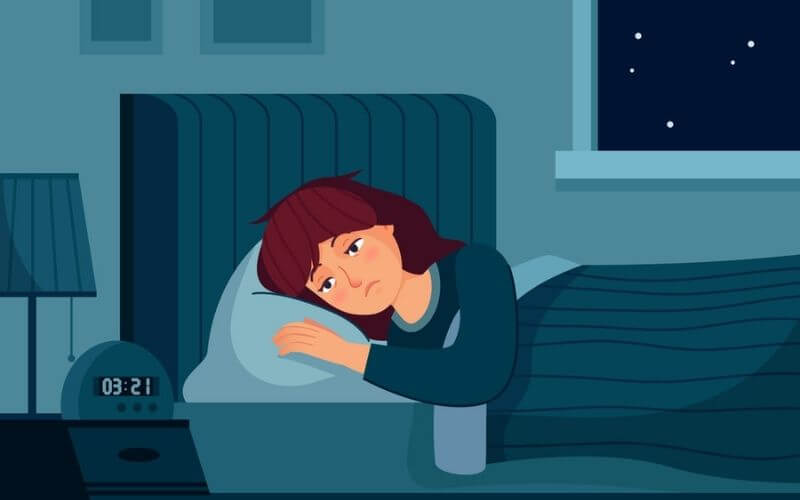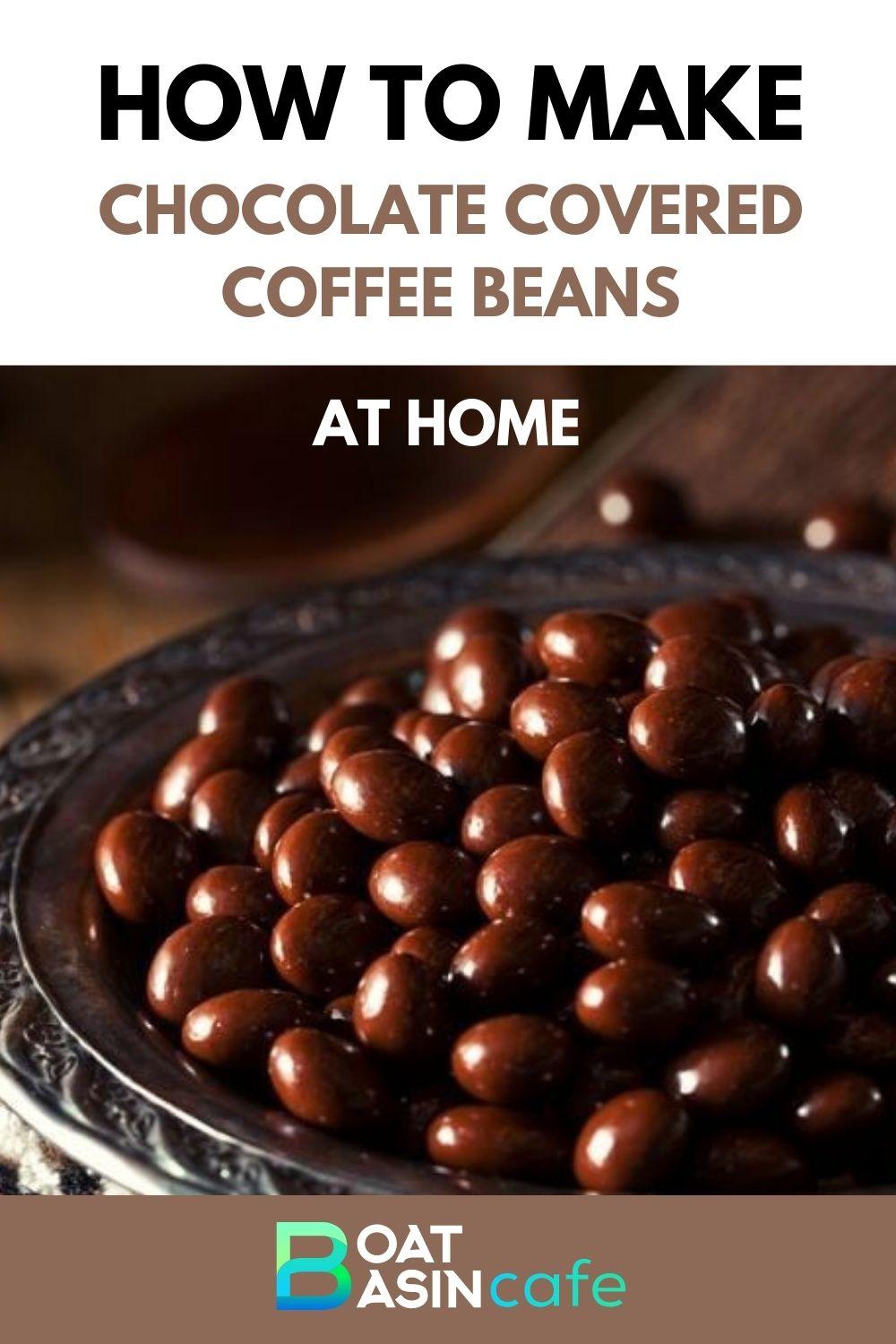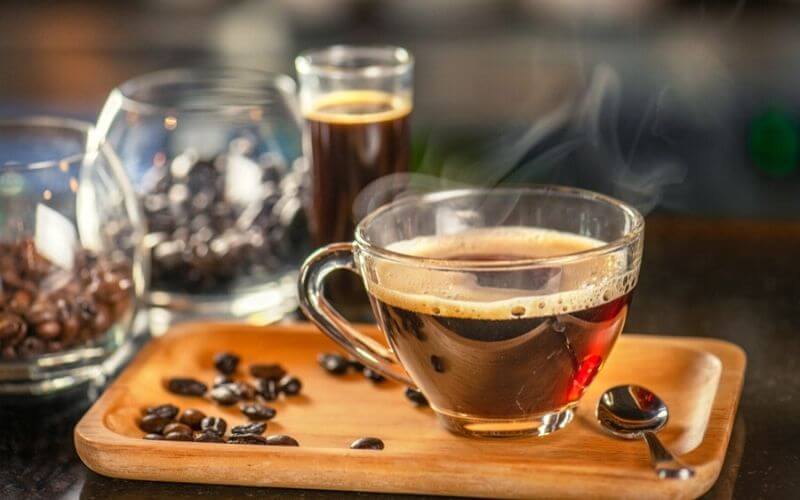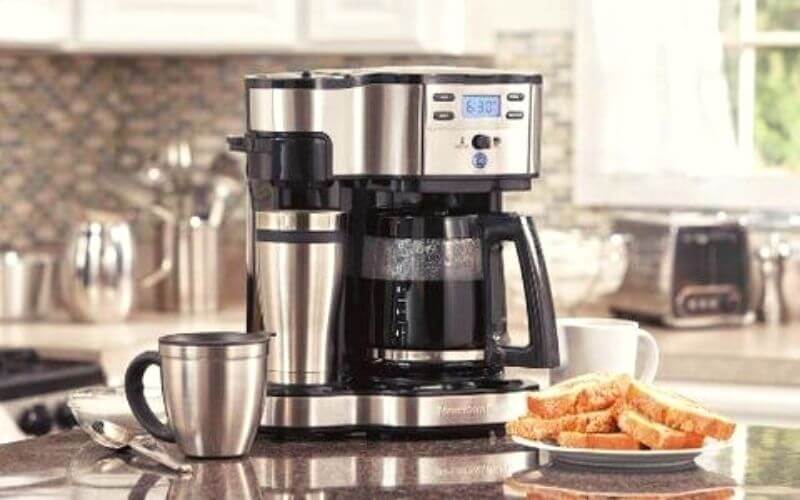You drink coffee every day and make a variety of drinks like lattes, macchiatos, and even the occasional Cortado or Café Lungo. But have you ever wondered what happens to your coffee bag after you toss them out? Wonder no more, because this article will show you how to reuse coffee bags!
Maybe you just want to minimize waste and help out the planet. Maybe you have a lot of DIY projects that need material. Either way, knowing how to upcycle coffee bags will save money and take you one step closer to a zero-waste lifestyle.
Keep reading for these nifty coffee bean bag ideas!
Are coffee bags recyclable?
The short answer is no.
Most of these types can’t be recycled because they have a foil lining that makes them too difficult for curbside pickup programs to handle properly and this type also adheres strongly when wet making it very hard if not impossible break down into its individual components so recycling becomes almost meaningless anyway since there’s nothing left worth picking over! Keep reading for our 5 easy ways to reuse coffee bag!
5 Easy Methods on How to Reuse Coffee Bags
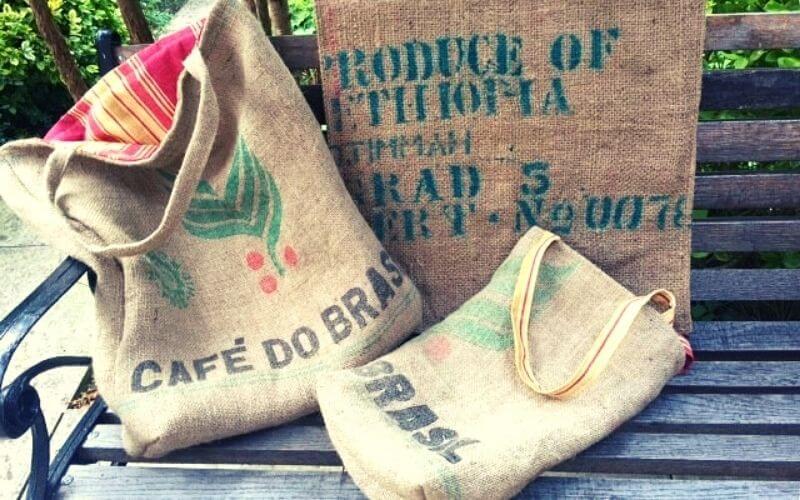
Can you recycle coffee bags? Coffee bags are usually made of aluminum and plastic, as well as a combination of other materials. Mixed products are difficult to recycle as separating these components is just too much work.
Instead, the best option is to reuse or upcycle them. Some people choose to buy from brands that offer recyclable coffee bags, but this can be expensive and hard to find. Coffee bags reusable are cheaper and easily available.
Here are a couple of things you can do to reusable coffee bags.
01. Use Them as Containers for Seedlings:
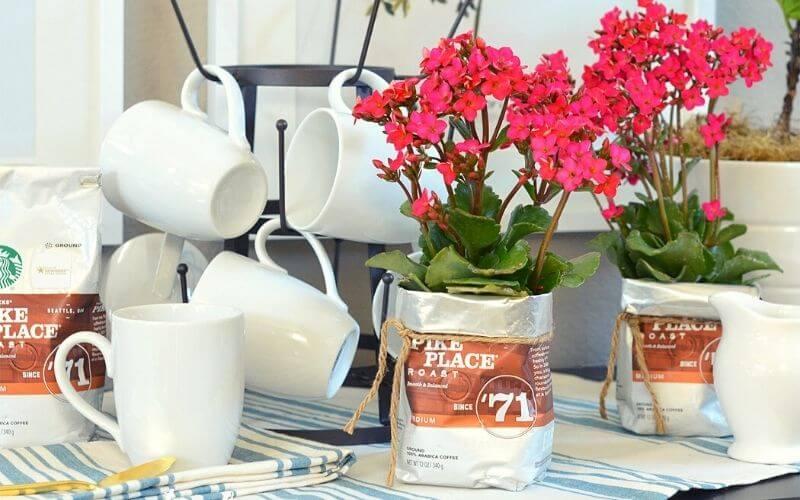
If you have a green thumb or like planting, this idea is for you. This is an alternative to using plastic or clay containers for your plants. As a result, it makes for an inexpensive option for gardening, especially if you are a beginner.
Start with a clean and dry empty coffee bag(or plastic coffee bag). Then, puncture a few holes into the bottom of the bag. Fill the bag with potting soil, until the bag is two-thirds full. Next, plant your favorite seeds and allow them to germinate and grow.
Take care of the seedlings until they grow into young plants. Once they are too big for the coffee bags, cut the bags and repot the plants into a bigger container.
Think you’re done with the coffee bean bag? Think again! You can wash and reuse them for the next tip.
02. Repurpose Them for DIY Projects:
You can easily use fabric glue to turn a stack of empty coffee bags into a tote back. Or, you can use them to decorate jars and containers for herbs and spices, racks of stationeries, utensils, and kitchen tools.
Some people like reusing coffee bags to make clothing for dolls. These include shiny disco skirts, bags, bracelets, and even ribbons for their hair.
On the other hand, many people into the frugal lifestyle utilize coffee bags as book covers and gift wrappers. This is super easy and affordable; all you need are a pair of scissors and some tape!
03. Turn Them into Easy Halloween Costumes:
‘Tis the season to be spooky, so why not reuse your stash of coffee bags to make a costume for Halloween. Whether you want to make a costume for children or something for yourself, coffee bags will be much sturdier than aluminum foil for silvery costume designs.
The bags can be used to make alien costumes. Just glue them onto some pants and a full-sleeved shirt to make a realistic Martian. You can also add detailing with paint to make a realistic-looking cyborg.
On the other hand, gluing coffee bags onto cardboard boxes makes a really good robot. If you are particularly good with arts and crafts, you can even turn your coffee bags into a Dalek costume.
04. Reuse Plastic Coffee Cans:
A good way to recycle Starbucks coffee bags or plastic containers is to turn them into other household items. For instance, with a handy glue gun and some DIY supplies, you can turn a coffee can into a cozy birdhouse.
On the other hand, an easier option would be to paint over the can and turn them into a holder for your pens and pencils, or even a flower vase. One of the best ways to reuse plastic coffee containers is to convert them to kitchen canisters and store whole spices and baking supplies.
05. Call Up a Recycling Program:
If you don’t want to go through the trouble of turning coffee bags and containers into other things, you can get others to do it for you. Your area may have a program that collects used coffee bags and recycles the ones that can be recycled.
This mainly applies to plastic coffee bags. The bags are melted and turned into solid sheet plastic. They can then be used to make other plastic goods.
Before you sign up for one of these programs, make sure your coffee bean bags can be recycled. Only send in clean, dry coffee bags as wet or dirty bags cannot be shipped to the recycling facility.
Can You Recycle Starbucks Coffee Bags?
Starbuck’s coffee bags are made from a plastic called Polyethylene Terephthalate (PET). This material can be recycled in most communities and the recycling process does not affect quality or taste of what is inside!
You may also like: How Long To Store Coffee Beans: Everything You Need To Know!
Frequently Asked Questions
Below you will find answers to questions people have about reusing coffee bags.
01. Are Coffee Bags Recyclable?
Most coffee bags aren’t recyclable because they are made of any layers of plastic and foil that are fused together. They cannot be separated easily, and so are not usually recycled. Bags made solely from plastic or foil have a better chance of being recycled.
02. How Long Will Coffee Last in Mylar Bags?
Coffee will taste fresh and flavorful for up to 7 weeks when stored in a Mylar bag. When combined with oxygen absorbers, coffee will stay fresh for years in these bags.
03. What Can I Do with Empty Coffee Cans?
As this article has shown, empty coffee cans have a myriad of uses. You can use them to store cookies and cupcakes, as airtight containers for herbs and spices, and even as vases and pen holders.
Wrapping Up
As you can see coffee bags are pretty useful and can be repurposed into a variety of things. If you want to learn how to reuse coffee bags, all you need is your imagination and some basic craft tools.
So the next time you feel guilty about throwing all your coffee bags and containers out, follow one of these tips mentioned above. You’ll have less waste, a fun time, and some useful items to use at home. Happy DIY crafting!
